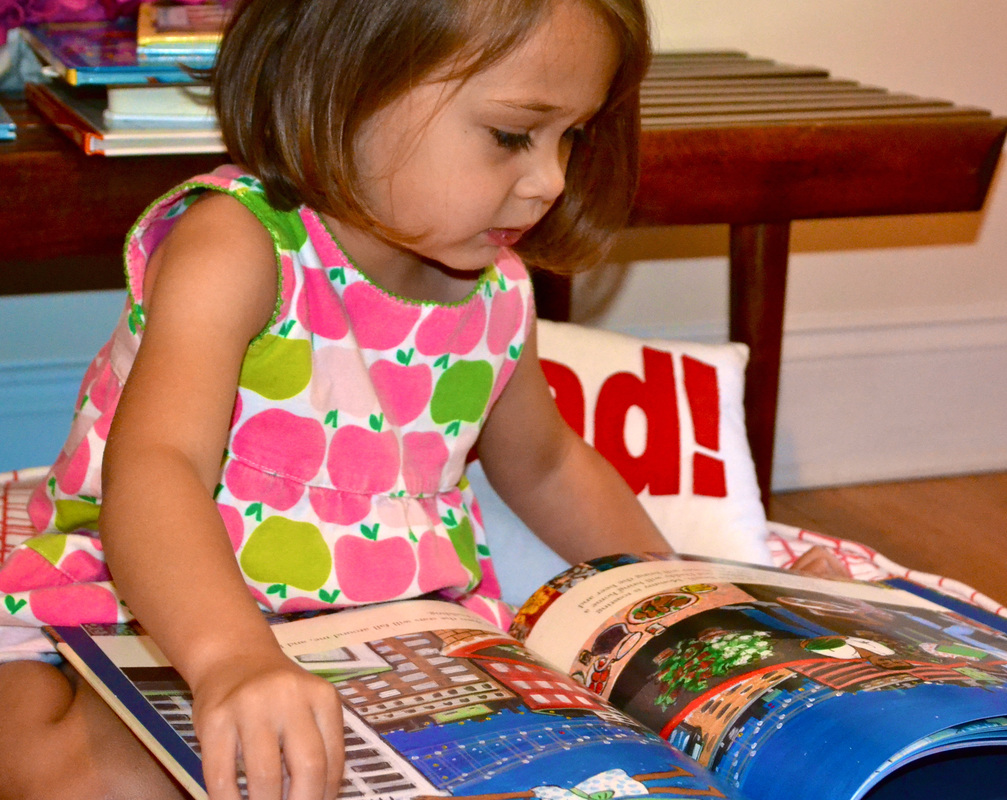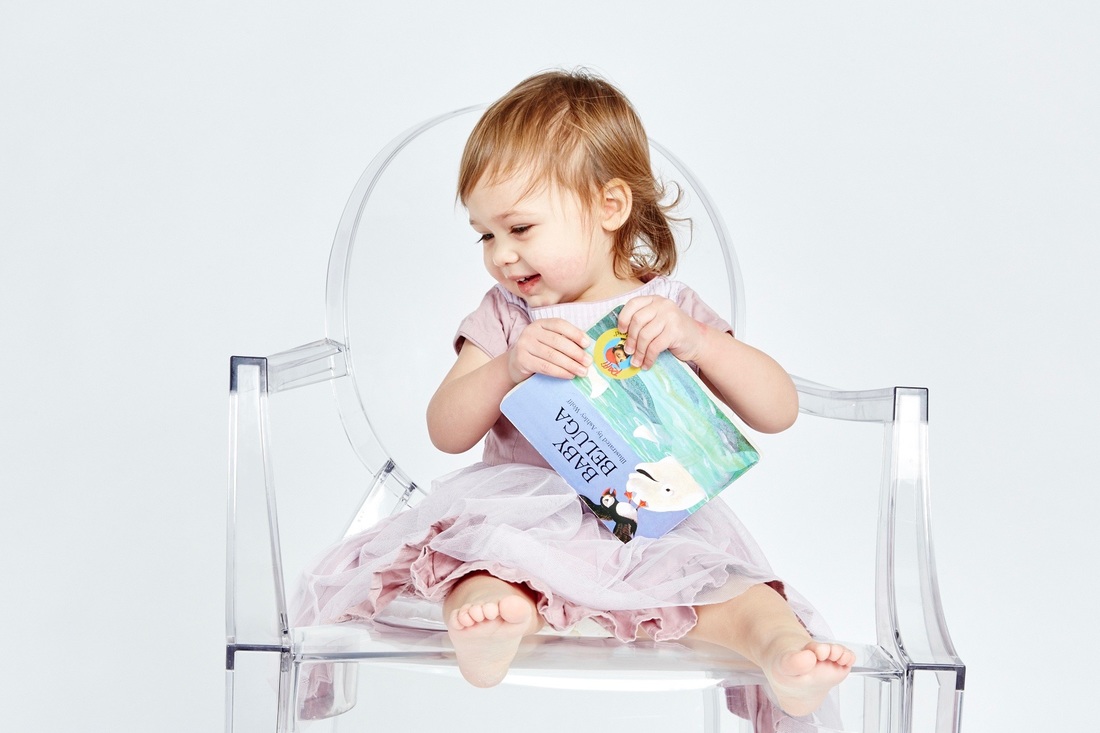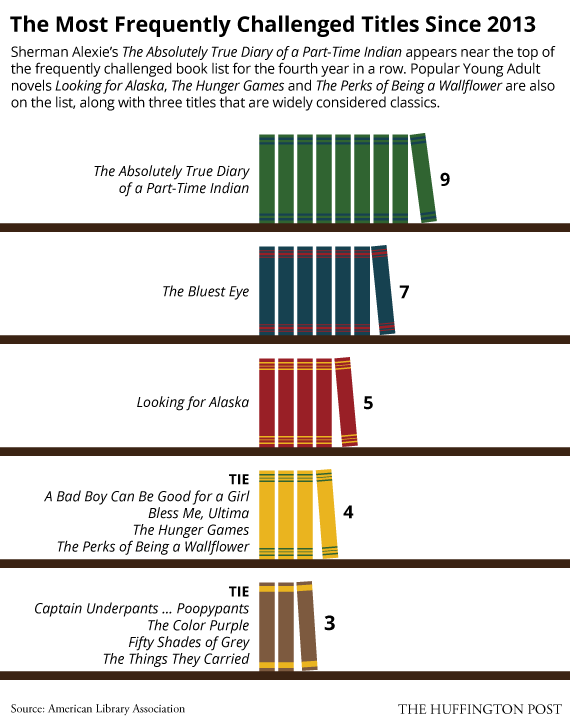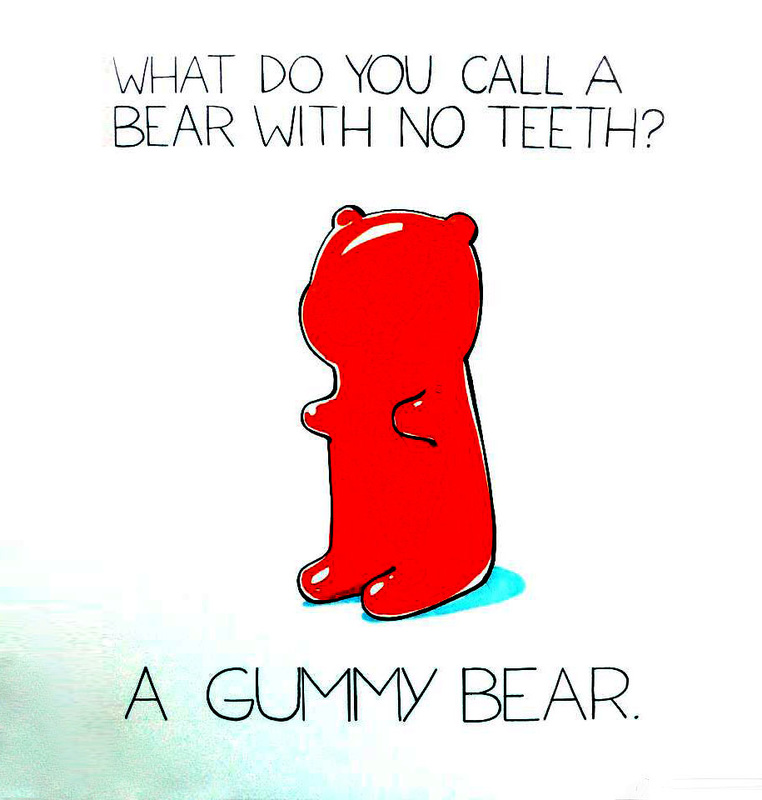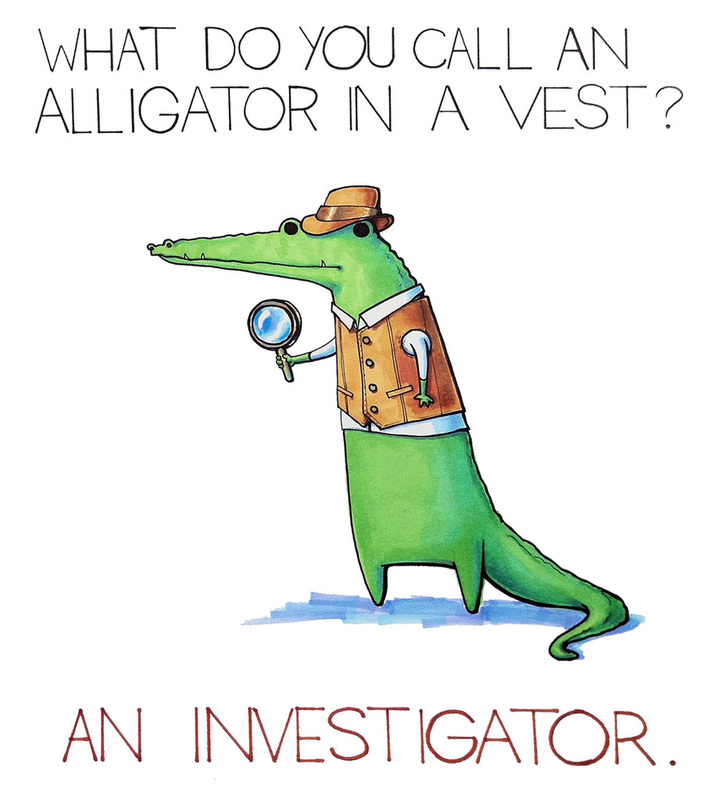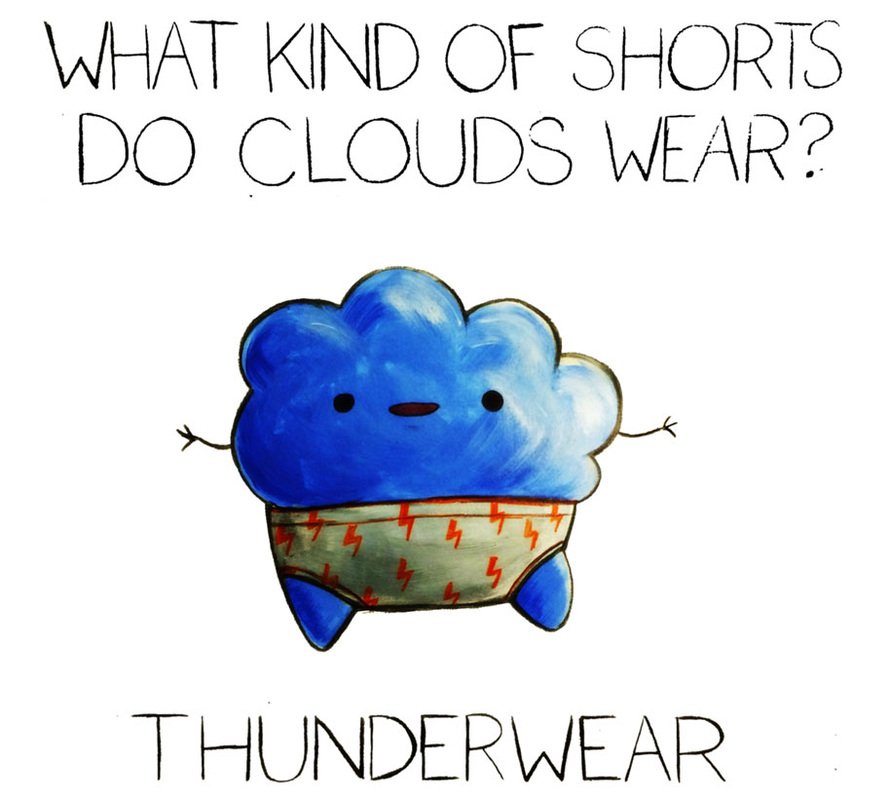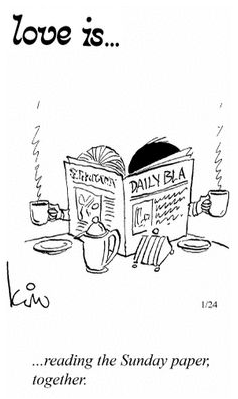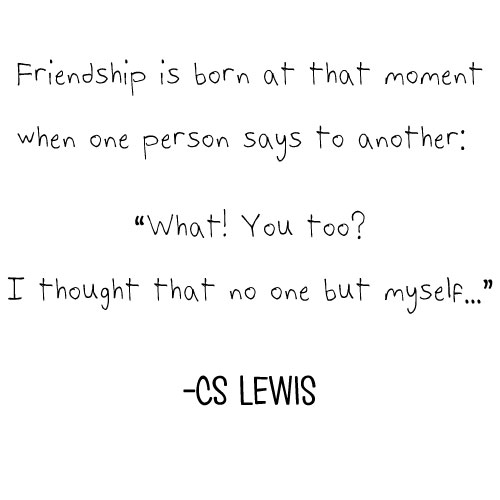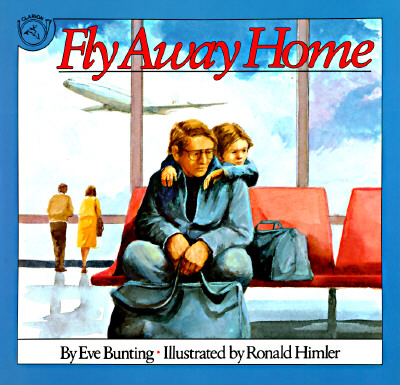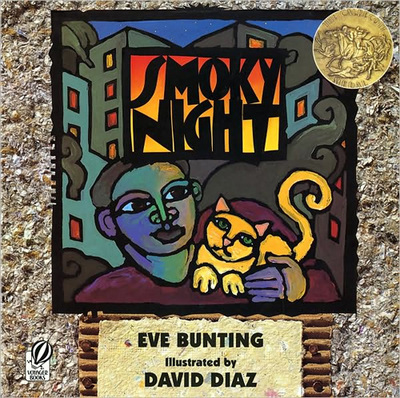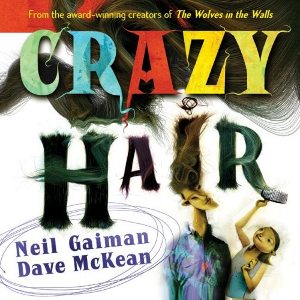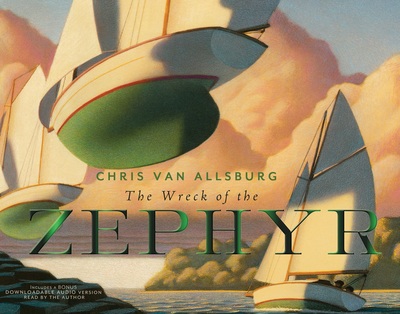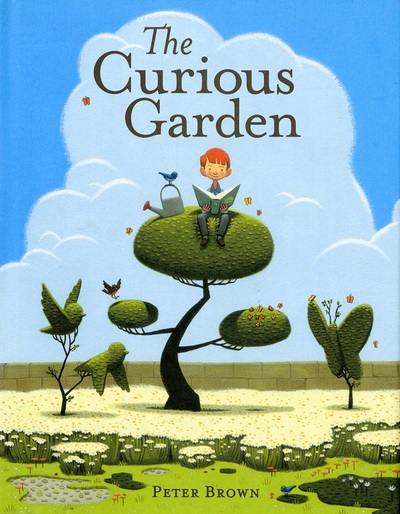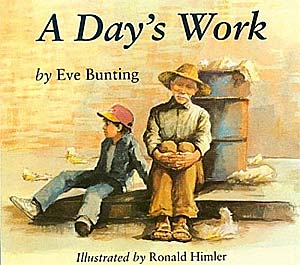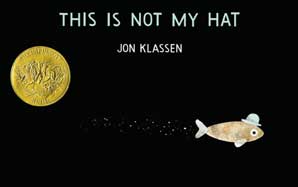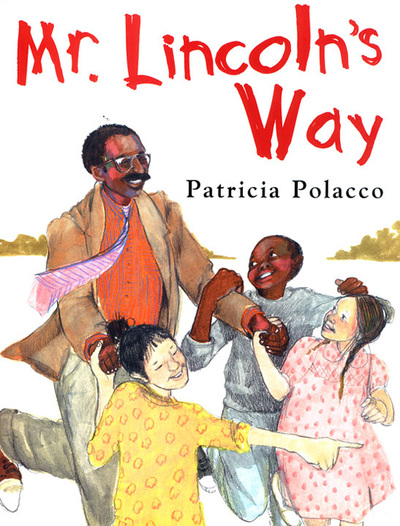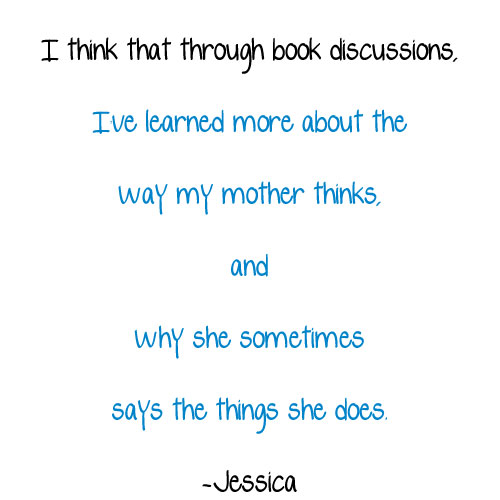I cannot take credit for the name of this tip. It comes compliments of William Pope.L, an artist.
Last week, I took a break from writing a quick literacy tip on purpose. There is a lot going on in real life that is tense and I wanted to give myself some time and space to be uncomfortable, engage with others, reflect on my own thoughts and actions and be ready to re-engage. I think it's important to do this in order to grow and learn as adults and be ready to teach our youngsters.
In order to teach, I need to understand. I spent time listening and learning from others - hearing the fabric of our country speak. I am talking about the state of race relations and power structures in our country.

